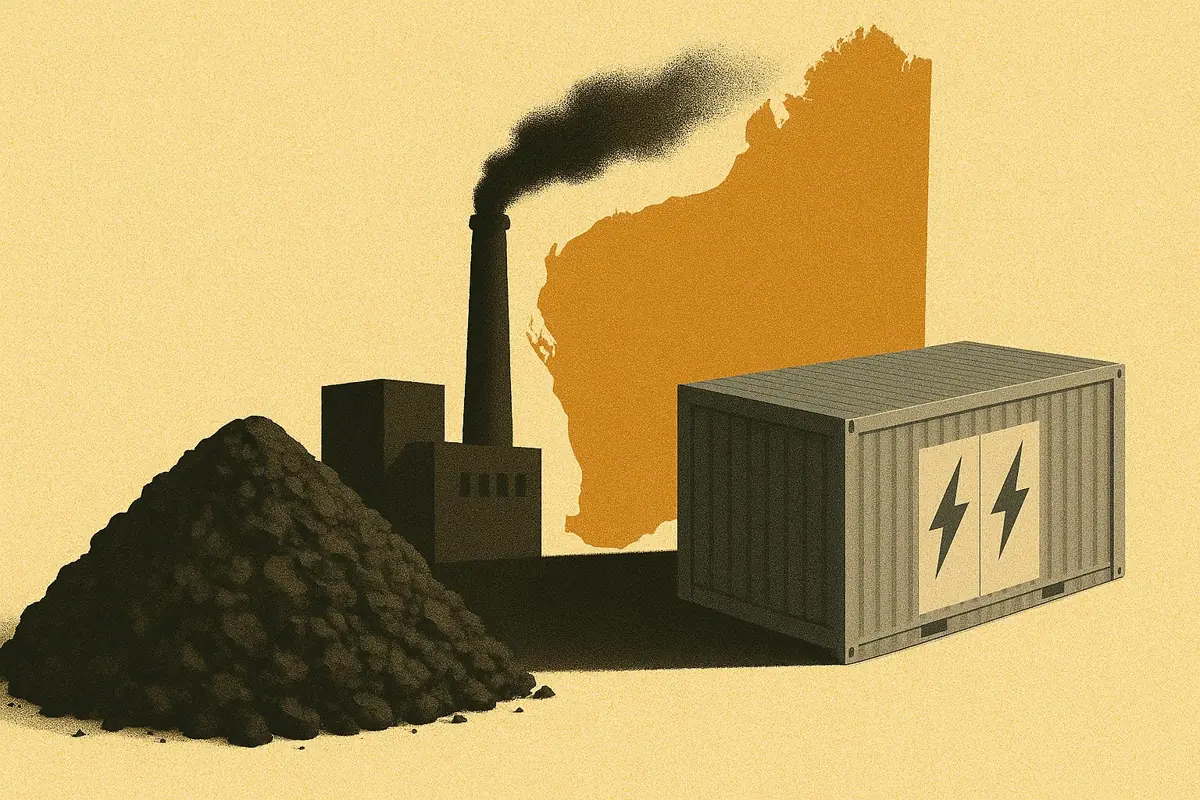Battery Energy Storage Revenues increase by 25% in June 2024
Average battery energy storage revenues in Great Britain rose 25% in June to £49kMW/year as negative power prices returned. Higher wind generation and gas and carbon prices led to increased wholesale power price spreads, while frequency response prices in every service increased.
In this article, we’ll explore the factors that drove these changes in June.

- Frequency response saw the largest increase in revenues, rising by £8k/MW/year.
- Batteries earned £4k/MW/year more from wholesale markets in June as spreads increased 34%.
- Balancing Mechanism revenue remained at £8k/MW/year despite an increase in dispatch rate, due to a shift in volume toward Bids.
- Balancing Reserve revenue remained at £1.2k/MW/year with only 400 MW of the service still being procured.

Record Balancing Mechanism Bid volume dispatched in June
The in-merit dispatch rate for batteries increased to 10.1%, mostly due to an increase in Bid dispatch volume (where batteries pay for energy). Total Bid availability priced in-merit in June remained at 12.5 GWh per day but dispatched Bid volume for batteries increased by 25% to a record 1.2 GWh per day on average. This meant the in-merit dispatch rate for Bids increased to 10% from 8% in May.
Despite the rise in dispatch rates Balancing Mechanism revenues remained at £8k/MW/year. This is because Offer dispatch volume (where batteries are paid for energy) increased by just 4%.

A rise in wholesale price spreads drives increased wholesale revenues
Spreads in the N2EX day-ahead market exceeded £100/MWh on two days in June, the first time this has happened in 2024.
A return of negative prices, alongside a 10% increase in daily maximum prices resulted in wholesale spreads increasing by 34% from May to £59/MWh on average. This is the highest monthly average price spread so far in 2024.

This helped battery revenues from wholesale increase by 34% to £17k/MW/year, their highest since October 2023.
Modo Energy subscribers can read the full article to find out:
- How wind generation impacted wholesale spreads
- The effect of gas and carbon prices on wholesale power prices
- How frequency response revenues change with wholesale spreads
Increased wind generation resulted in a return of negative power prices
Wind generation increased by 20% in June, and daily average wind generation exceeded 10GW on ten different days, compared to four in May. Wind generation during demand lows in the early afternoon increased from 3.9 GW to 5.5 GW.
Already a subscriber?
Log in







